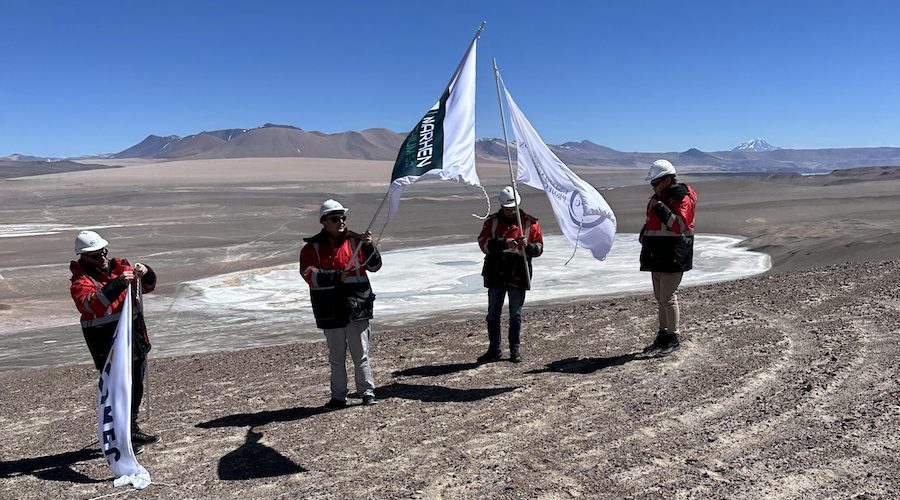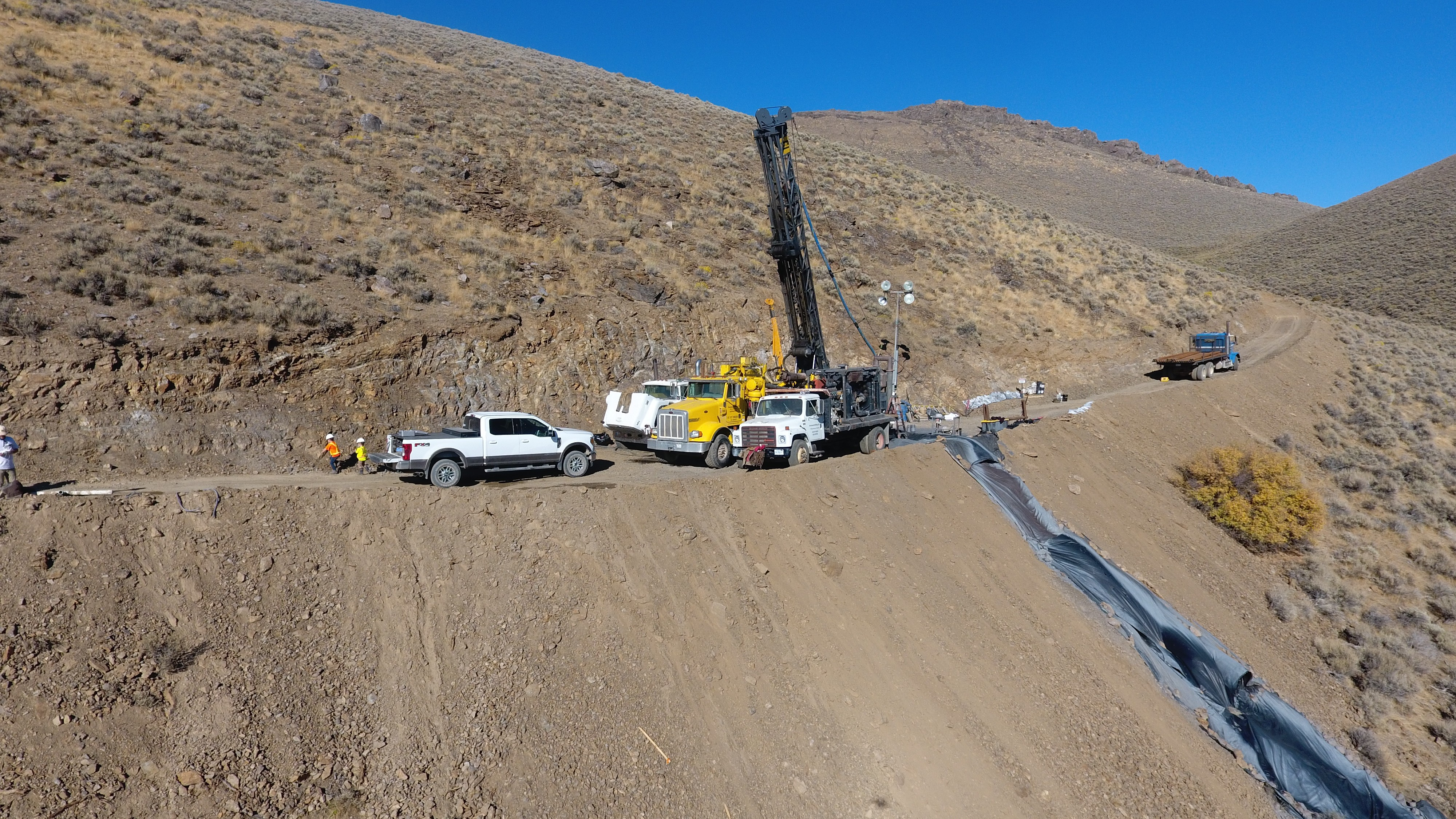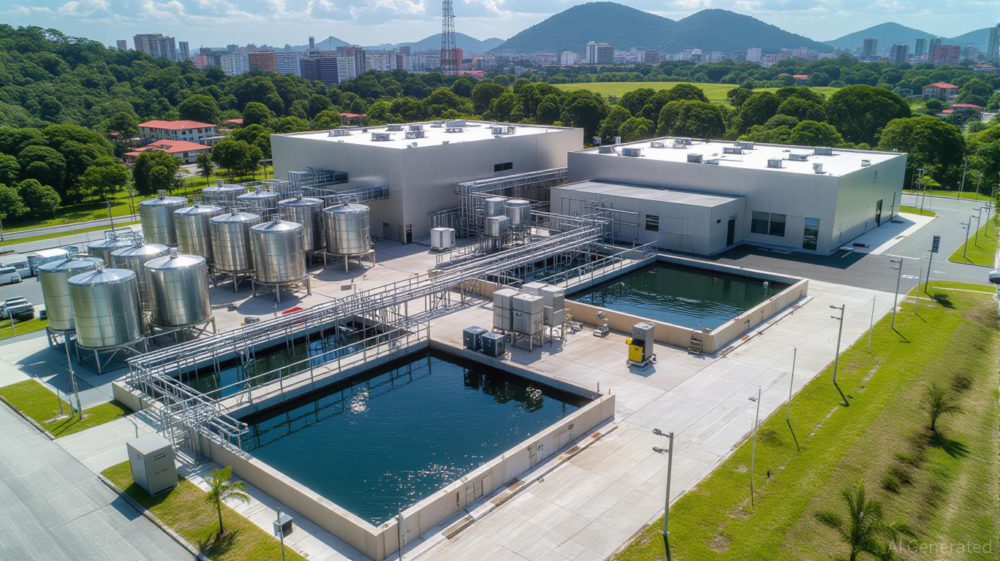Rio Grande Sur occupies 9,000 hectares and is situated in Catamarca’s northwest.
The half-a-million-dollar fund is expected to be used to build mine infrastructure, extract the battery metal and process it.
The project is forecast to create 700 jobs during the construction phase and keep 200 during the production phase, generating $168 million for the local economy.
Catamarca is Argentina’s top lithium-producing province, totalling 20,000 tonnes of lithium carbonate equivalent (LCE) generated every year and hosting most of the country’s exploration projects. Neighbouring Salta and Jujuy are also rich in the battery metal and, together, they are part of the Lithium Table, a regional government initiative that aims to standardize policies related to sustainable lithium extraction and processing.
In total, Argentina produces 34,000 tonnes of LCE annually, being the fourth top producer in the world behind Australia, Chile and China. In 2023, exports totalled over $500 million, with a year-on-year growth of 84%.
Over the next two years, five lithium projects currently under construction are expected to go into production in Jujuy, Salta and Catamarca, while there are another 30 advanced exploration initiatives in the pipeline, which may become operative in the medium and long term.
Recent forecasts see the ‘land of tango’ reaching up to 260,000 tonnes of LCE annually by 2027, which would allow it to become the world’s third-largest player.
The country, together with Chile and Bolivia, is part of the Lithium Triangle, a unique stripe of high-altitude land covered with lakes and white salt flats that hosts more than half of global identified lithium resources.




